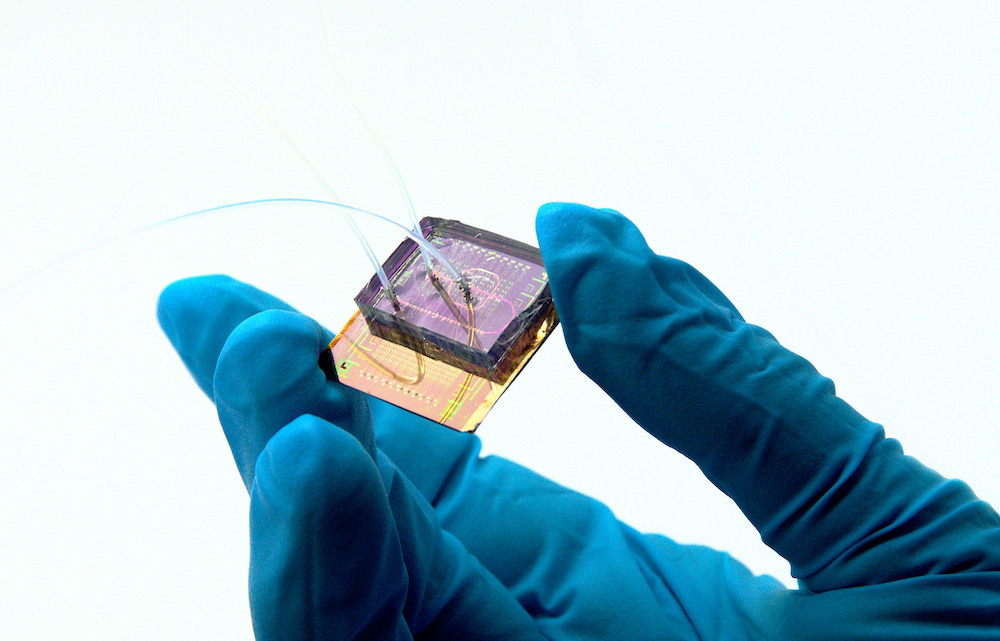
(Bio)sensor development enabled by advances in micro- and nanofabrication as well as microfluidics has been a growing field since decades ago, aiming at facilitating the task of disease detection or physiological parameter monitoring. We have seen biosensor evolution from the first glucose detecting devices in the 60s to be used in medical facilities to the more recent point-of-care devices handheld by the patients themselves at the comfort of their own home. Among the existing sensors, those relying on nanomaterials and nanostructures as sensing surface offer the highest sensitivity, as demonstrated during the last two decades, even reaching the possibility of single molecule detection. Those with transduction mechanisms based on electrical effects (electrochemical, potentiometric, impedimetric, etc.) provide the finest suitability for miniaturization, requiring simpler setups where arrays of many sensors can be combined for a label-free and continuous analysis of the analyte of interest. In this way, full integration possibilities exist in combination with further circuit packaging for signal processing which require standard electronic microfabrication processes.
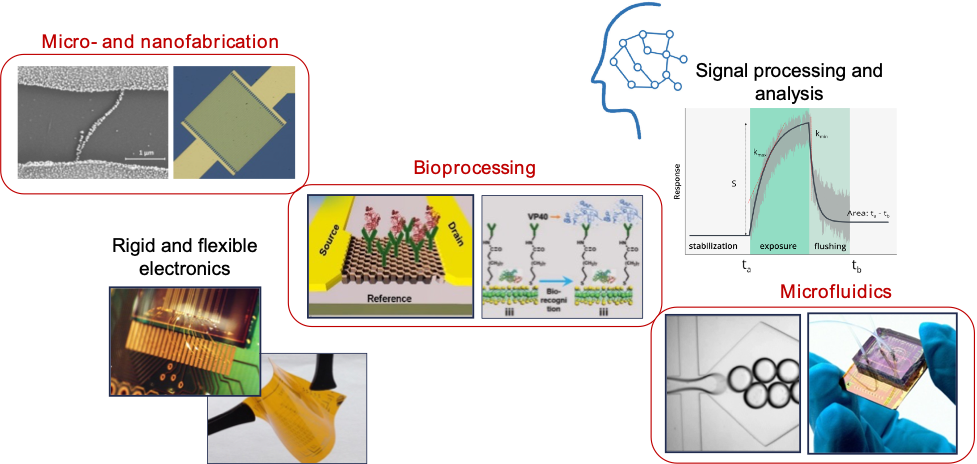
In the research line “Nanoelectronics for sensor technologies”, we aim at covering the necessary steps for the development of ultrasensitive gas sensors and biosensors. We make use of both top-down and bottom-up fabrication routes to obtain nanomaterials that will be later integrated in electronic supports, rigid or flexible. We take care of introducing biochemical modifications to achieve the selectivity toward specific analytes of interest. We manipulate samples and reagents with the help of microfluidics, as smart tool for the controlled mixing, delivery and parallelization at small scales. Through interaction with other members of the Chair, we perform theoretical analysis of our devices and introduce machine learning capabilities that boost their performance. Beyond simply detecting target molecules, we investigate and get insights on new detection techniques and phenomena that take place thanks to the presence of the nanoscale matter, and exploit unexpected findings toward new applications.
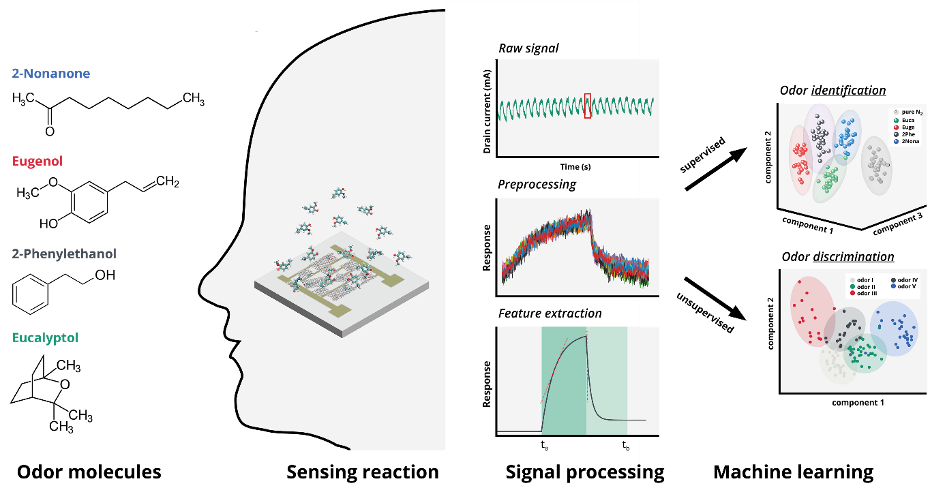
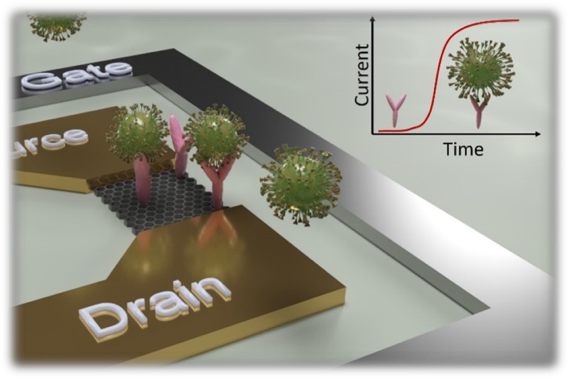





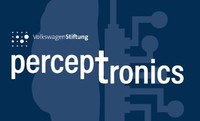





















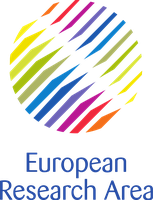

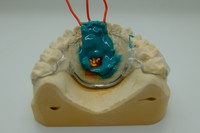

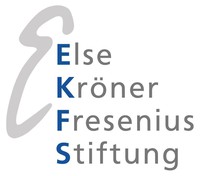

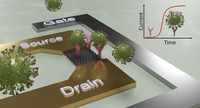



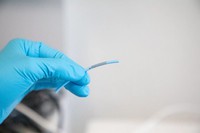











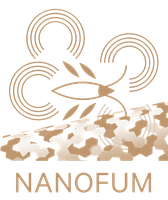





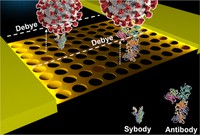

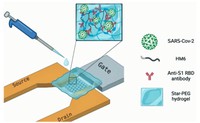

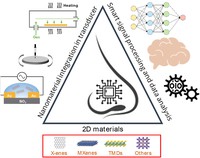

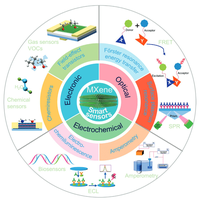

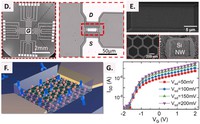

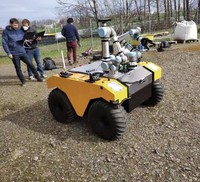

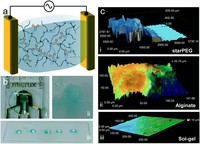

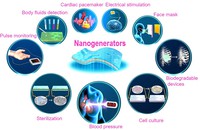

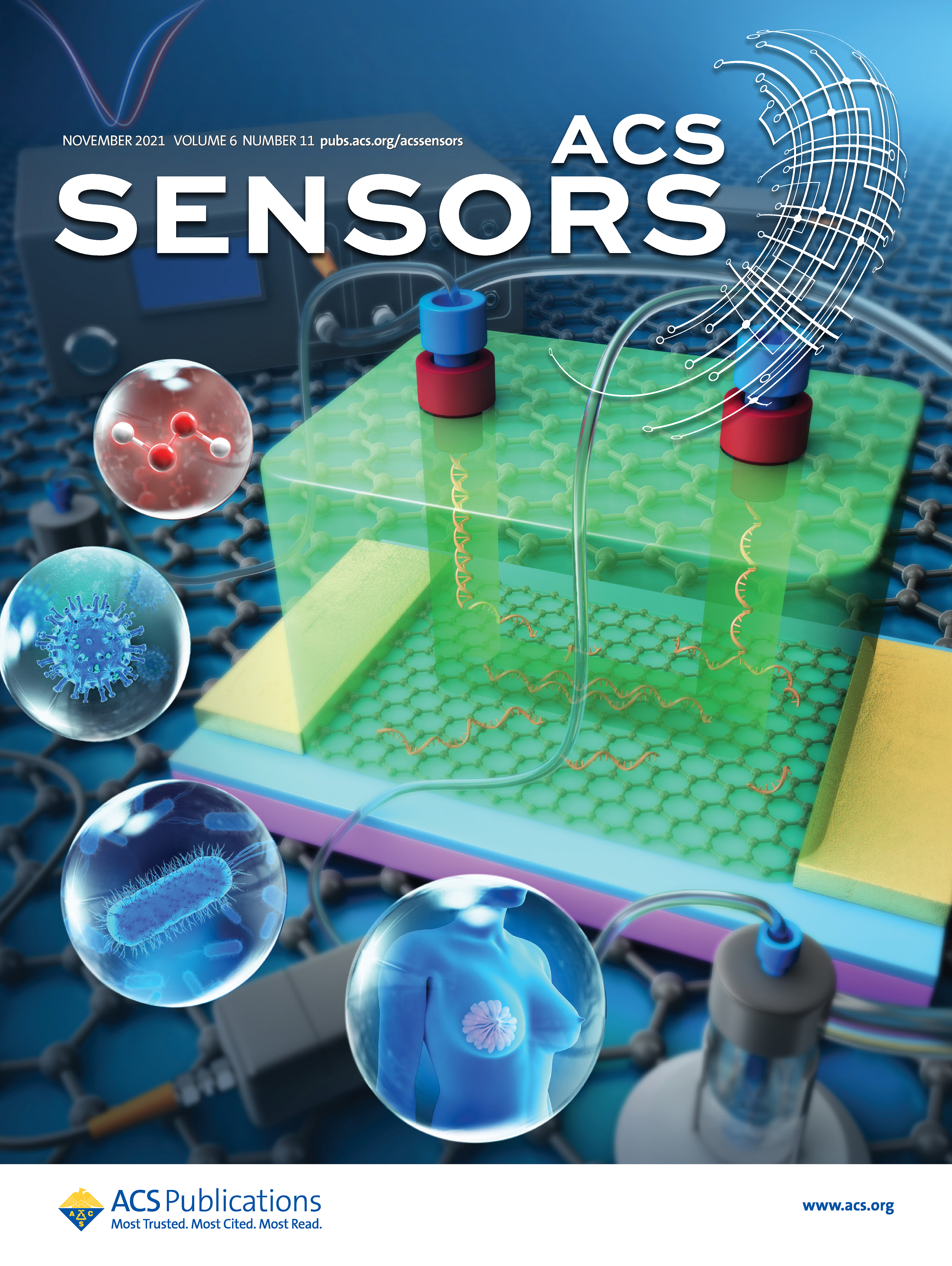



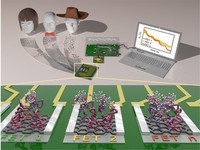





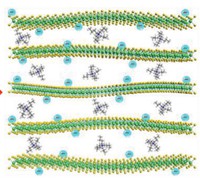

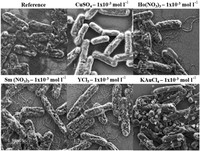

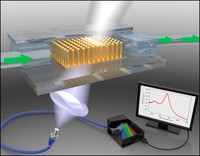

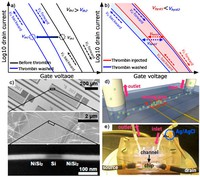

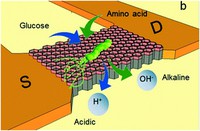

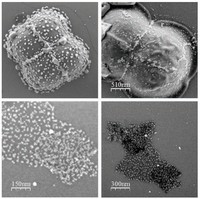

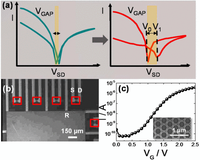



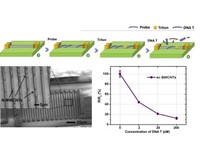

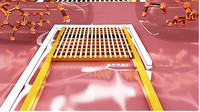

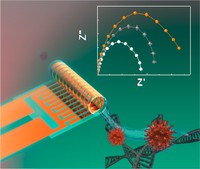



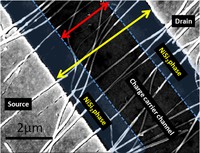

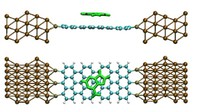

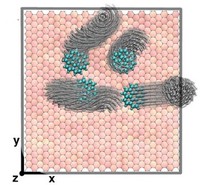

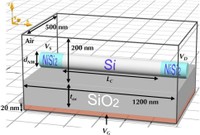


(Bio)sensor development enabled by advances in micro- and nanofabrication as well as microfluidics has been a growing field since decades ago, aiming at facilitating the task of disease detection or physiological parameter monitoring. We have seen biosensor evolution from the first glucose detecting devices in the 60s to be used in medical facilities to the more recent point-of-care devices handheld by the patients themselves at the comfort of their own home. Among the existing sensors, those relying on nanomaterials and nanostructures as sensing surface offer the highest sensitivity, as demonstrated during the last two decades, even reaching the possibility of single molecule detection. Those with transduction mechanisms based on electrical effects (electrochemical, potentiometric, impedimetric, etc.) provide the finest suitability for miniaturization, requiring simpler setups where arrays of many sensors can be combined for a label-free and continuous analysis of the analyte of interest. In this way, full integration possibilities exist in combination with further circuit packaging for signal processing which require standard electronic microfabrication processes.

In the research line “Nanoelectronics for sensor technologies”, we aim at covering the necessary steps for the development of ultrasensitive gas sensors and biosensors. We make use of both top-down and bottom-up fabrication routes to obtain nanomaterials that will be later integrated in electronic supports, rigid or flexible. We take care of introducing biochemical modifications to achieve the selectivity toward specific analytes of interest. We manipulate samples and reagents with the help of microfluidics, as smart tool for the controlled mixing, delivery and parallelization at small scales. Through interaction with other members of the Chair, we perform theoretical analysis of our devices and introduce machine learning capabilities that boost their performance. Beyond simply detecting target molecules, we investigate and get insights on new detection techniques and phenomena that take place thanks to the presence of the nanoscale matter, and exploit unexpected findings toward new applications.


















































































































